Hats are possibly my favourite thing to crochet and definitely one of my favourite things to wear. Through the winter I'll wear a crochet hat pretty much every time I leave the house (and frankly any bad hair day!)
But there is a little bit of terminology to learn before you start making hats. Knowing the words that we routinely use in knitting and crochet patterns to describe different parts of the hat will help you understand both what you need to do and where you are going to start.

1. Crown
This refers to the top of the hat and the section that is increased or decreased (depending on the direction that the hat is worked) from a small number of stitches at the crown to the full width at the body. To help you visualise this, the smallest point of the crown is where the bobble would sit if there is one.
If a hat pattern tells you it starts at the crown you can expect to start with a very small number of stitches and then increase them. This whole increase section is referred to as the crown.

The Sea Urchin hat has a pattern that grows out from the crown showing quite clearly how the crown expands.
2. Body
This is the section of the hat between the crown and the brim. It depends which style of hat you are making what characteristics this will have. For a beanie, bobble hat or toque like that pictured in the diagram it will normally be worked without increasing or decreasing and may be slightly wider than the brim. If you are making a beret you may continue to increase and then sharply decrease in this section to make the classic plate like shape.

The body of the Brenn hat (from Everyday Wearables) has a surface crochet pattern running up it.
3. Brim
This is the part of the hat that fits to the head most closely. In a beanie or toque as shown in the diagram it may be smaller than the rest of the hat and possibly ribbed. In a cloche or wide brim hat it may increase from the smallest point.
Whatever shaping the brim has, after there will always be at least a band in the brim that is designed to fit to the head. The fit at the brim is crucial to comfortable wear - too tight and it will feel like your head is in a vice, too loose and its either going to continually slide down your forehead (if the hat is a little slouchy) or slip and slide about or fly off in a wind possibly for other styles.

The Newnham Hat has a contrast brim making it easy for you to identify.
4. Height
In hat making we measure from the bottom of the brim all the way around the curve to the top of the crown. So to check how that measurement will fit on your head you can measure from where you would like brim to sit to the top of your head. I find it useful to measure this at the middle of my forehead, near my ears and at the back of my neck, pivoting the tape measure around where I think the top of my head is to make sure I'm measuring the height right.
Remember that if the hat is slouchy the height of the hat will need to be longer than the measurement I've just described so that you have extra fabric to bunch around. And it will need to be much longer in a beret to account for the shaping.
5. Circumference
This is usually given for the brim so I measure my head all around where I would like the brim to sit depending on style of the hat. Because we want the hat to fit snugly and securely you need to choose a finished circumference that is 2 to 5cm/1 to 2 inches smaller than the measurement you take here. This is because the slight stretch the fabric will have to make at the brim holds it in place and stops it slipping around.
I hope this helps clarify the basics. If you feel ready to dive into hat making now, here are some of our books and patterns that contain hats:


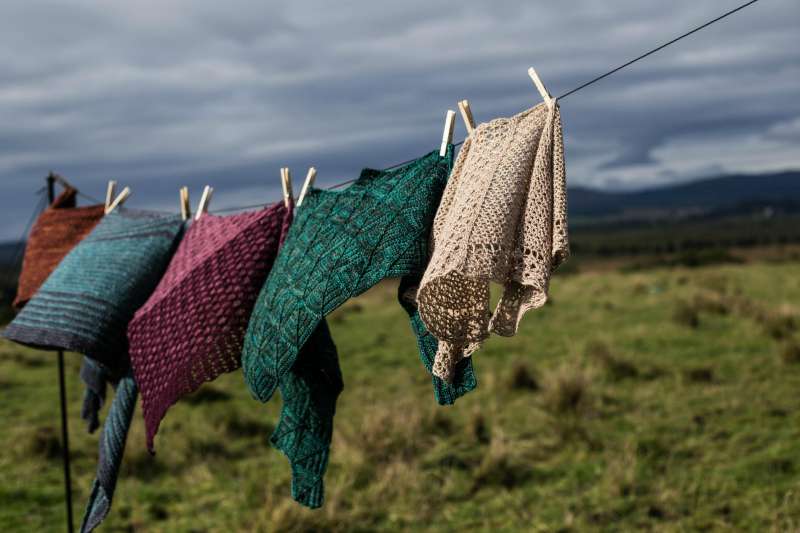
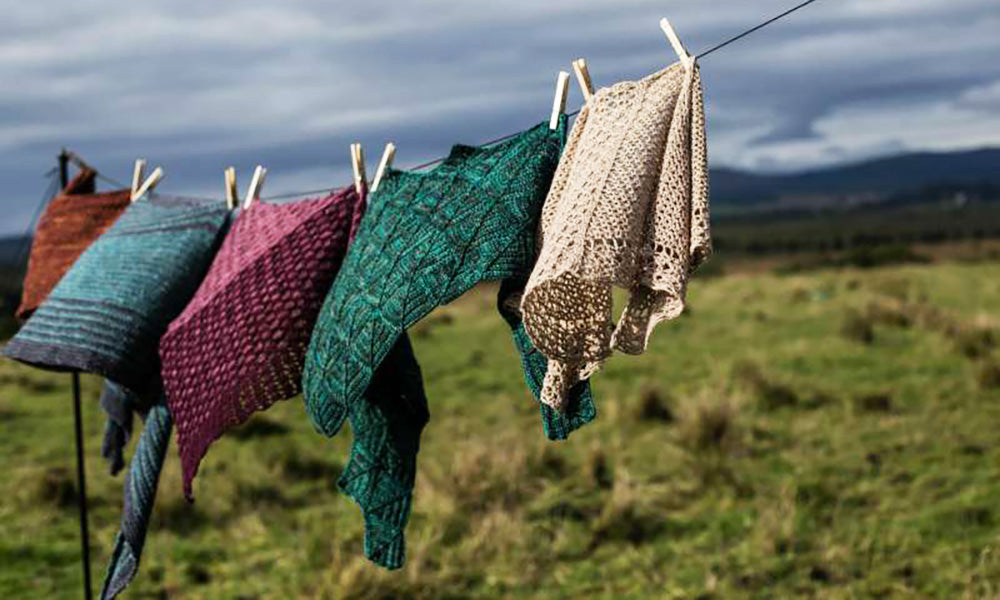
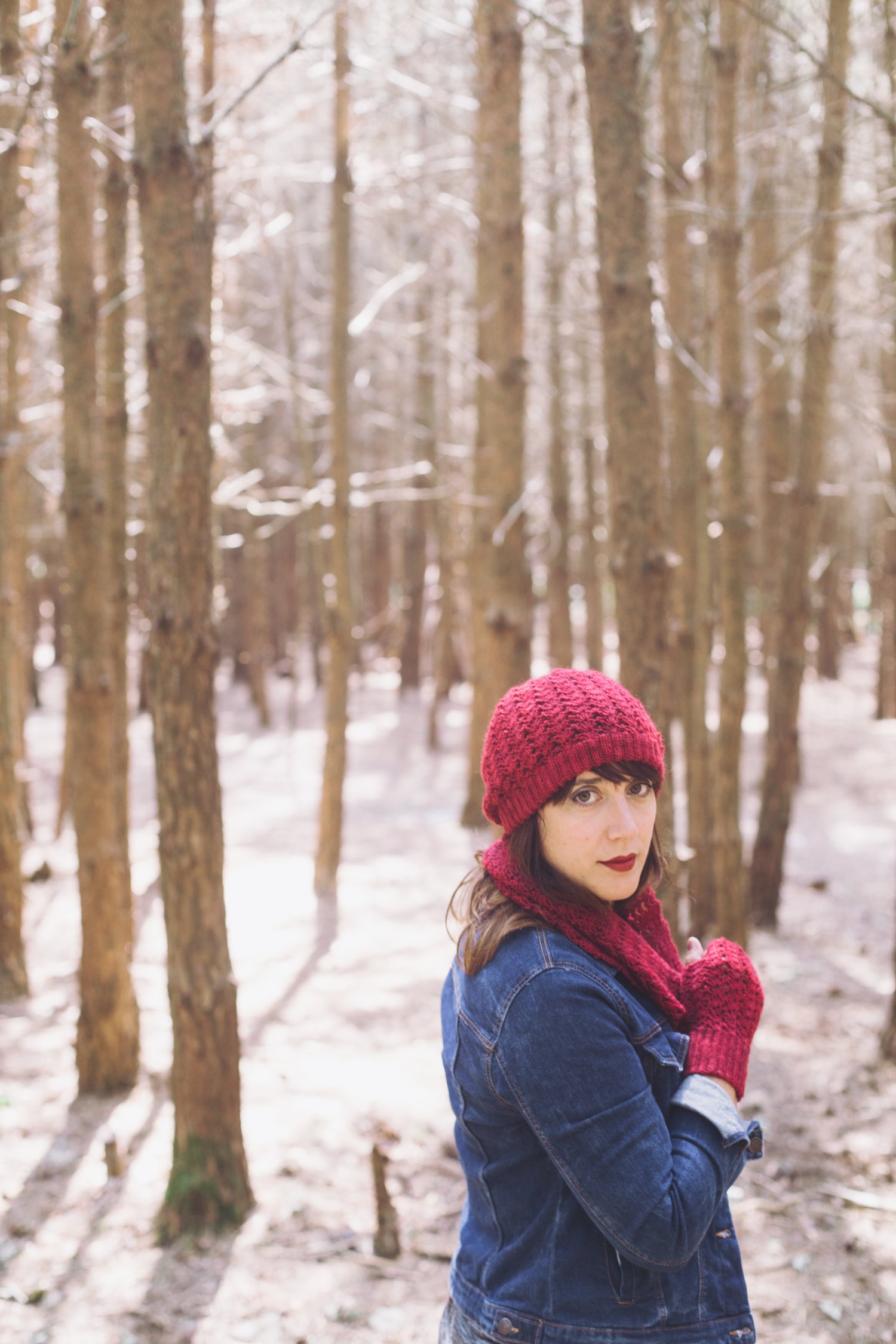
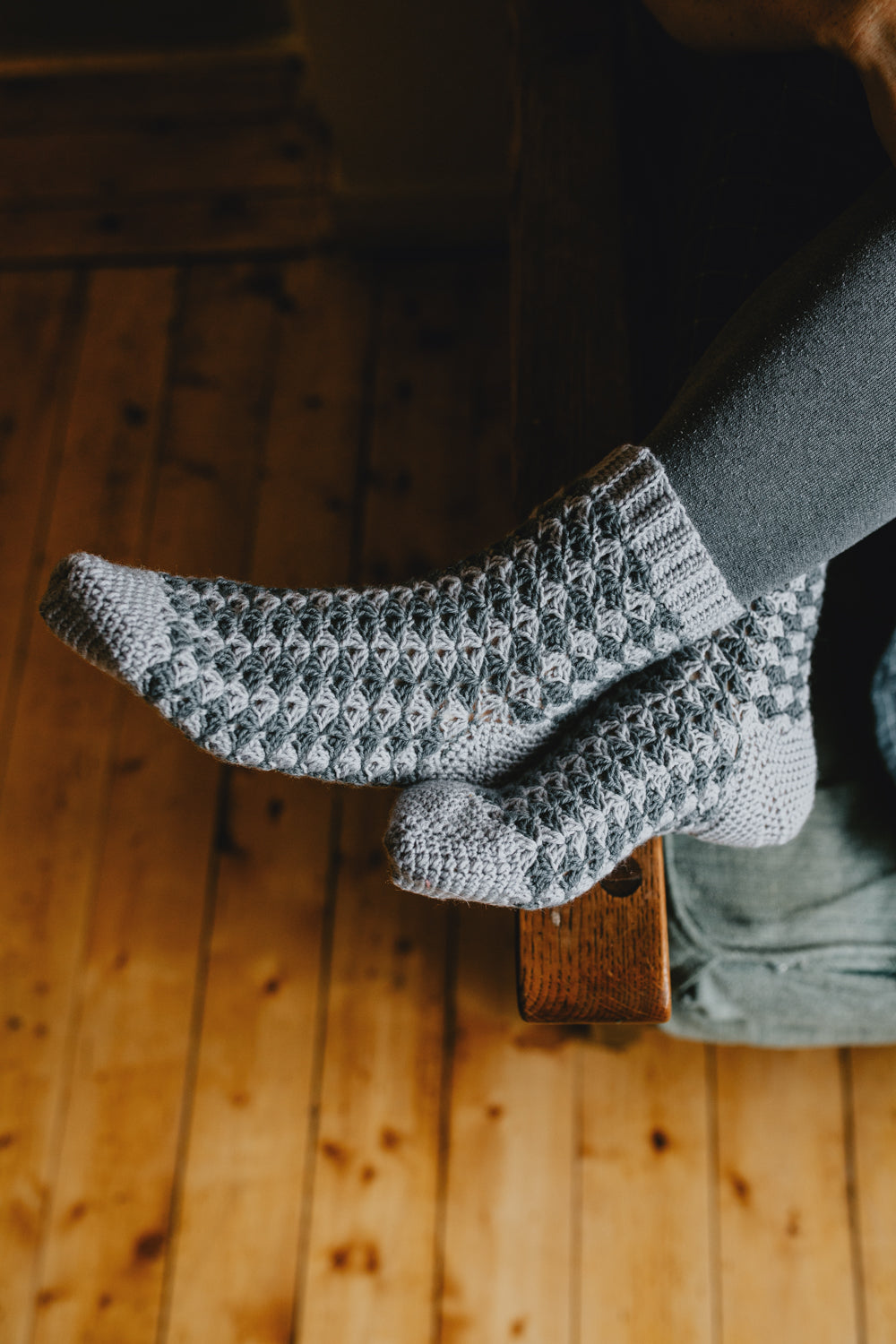
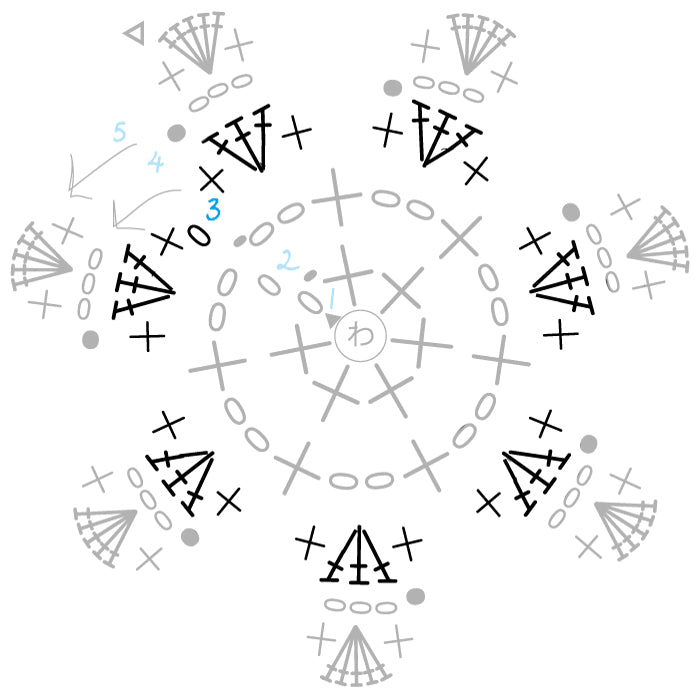
Leave a comment
All comments are moderated before being published.
This site is protected by hCaptcha and the hCaptcha Privacy Policy and Terms of Service apply.